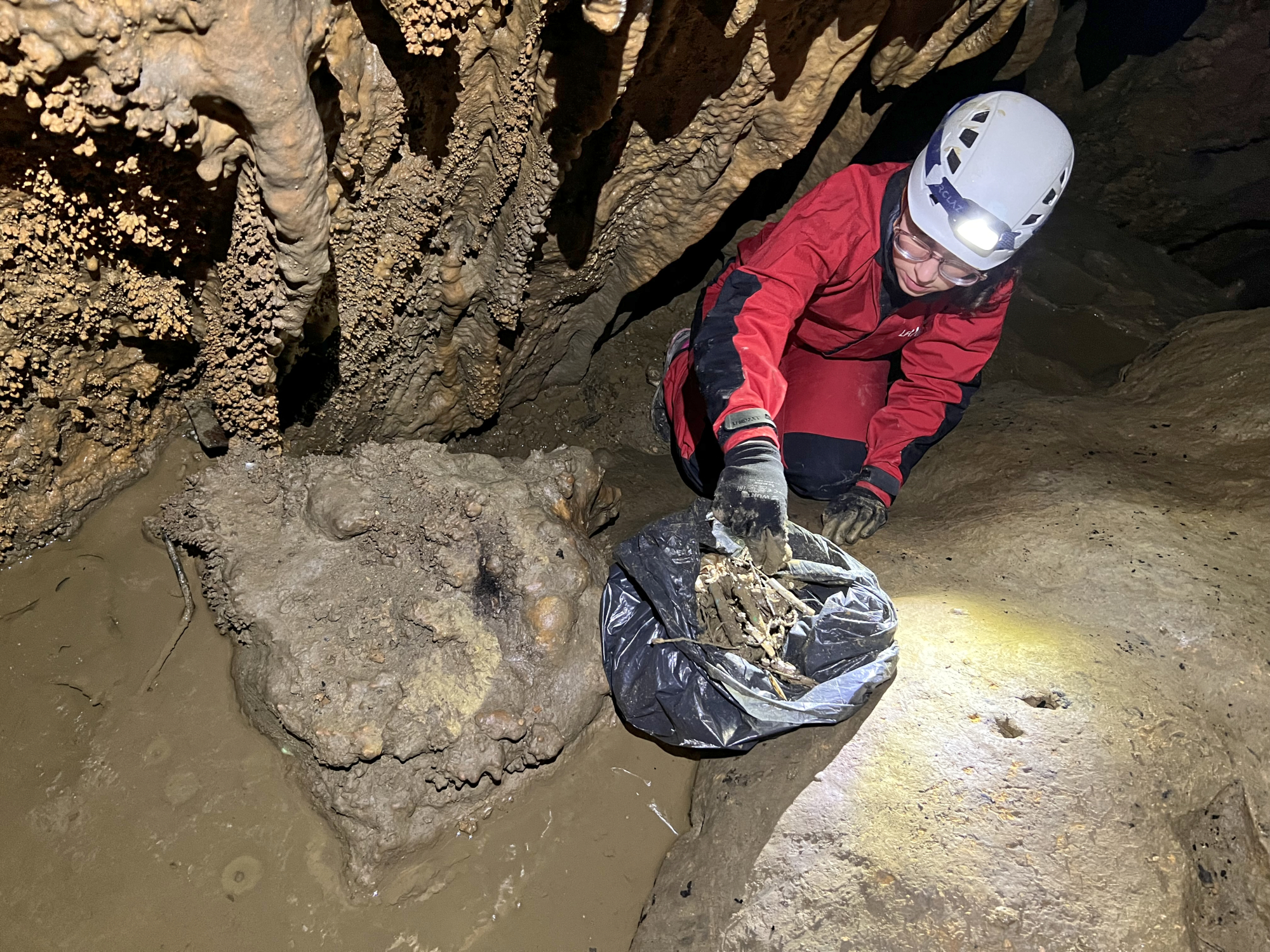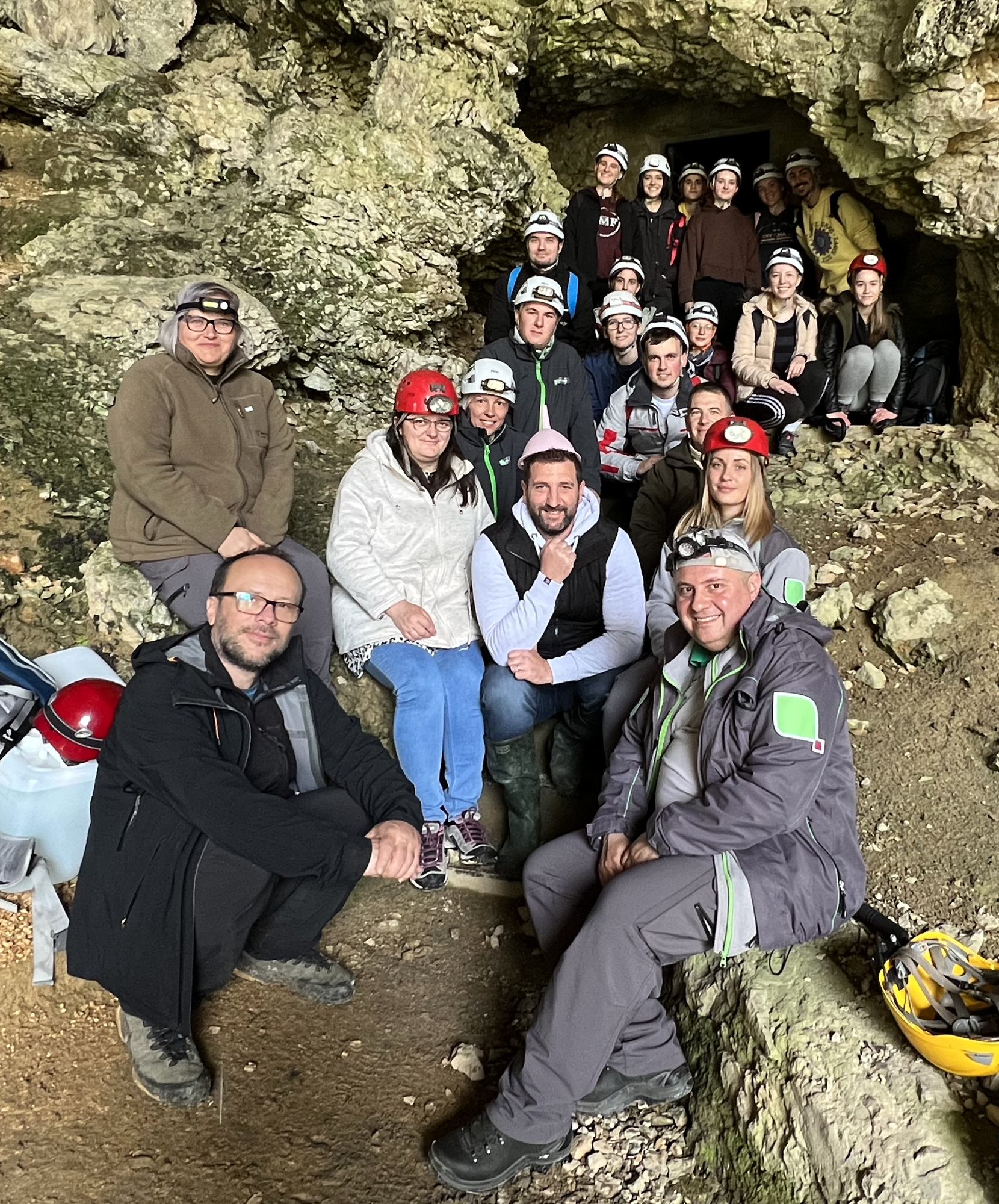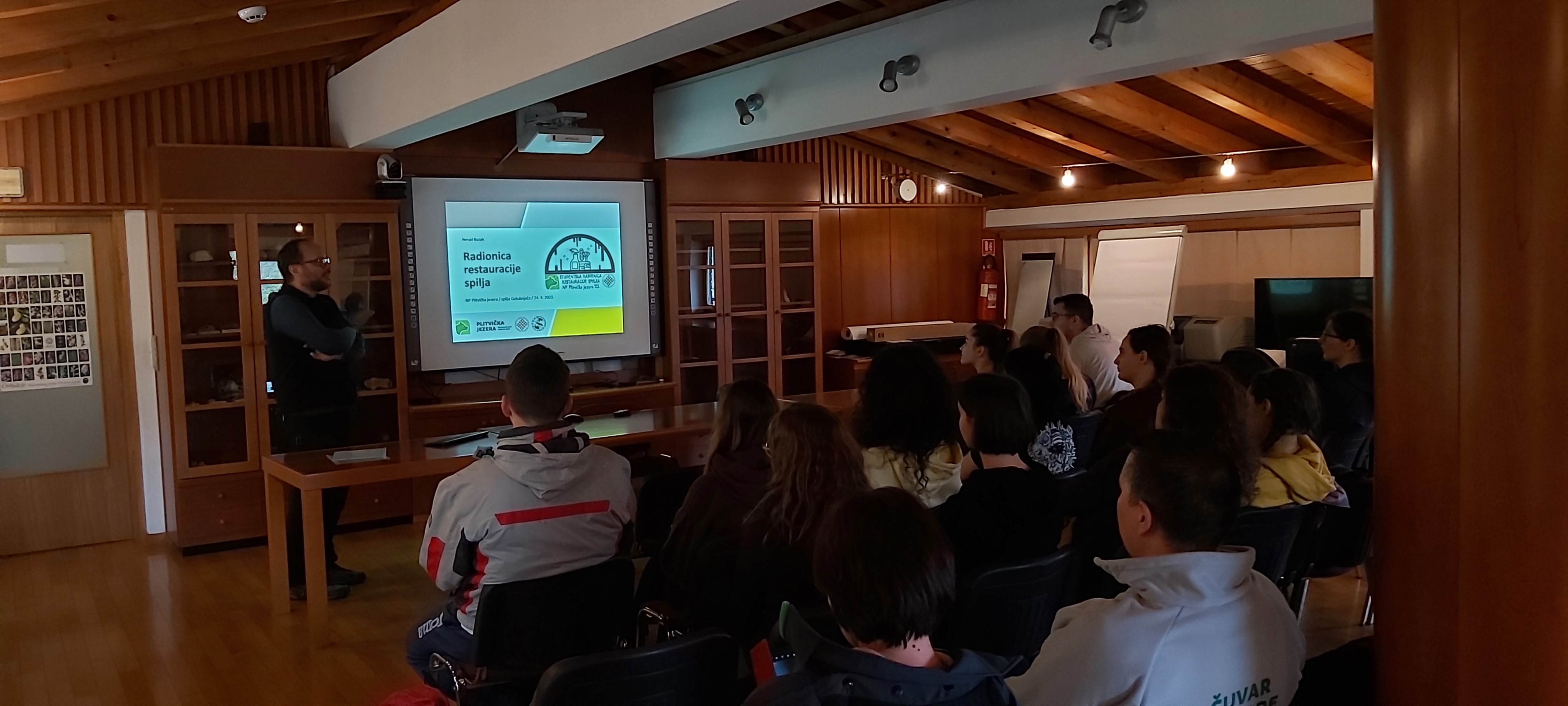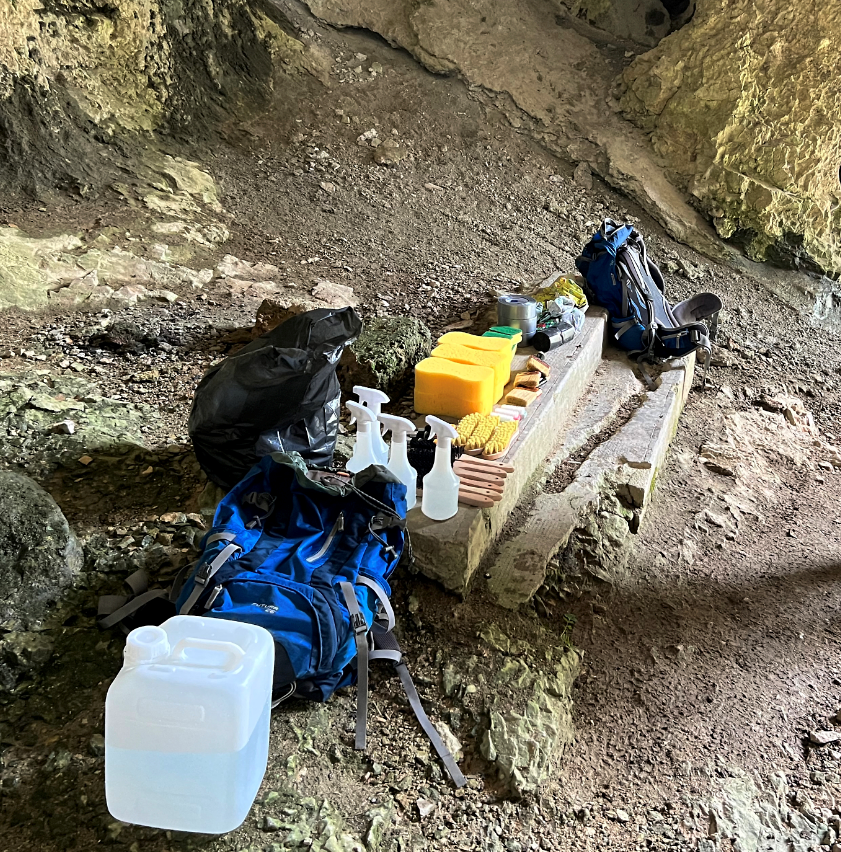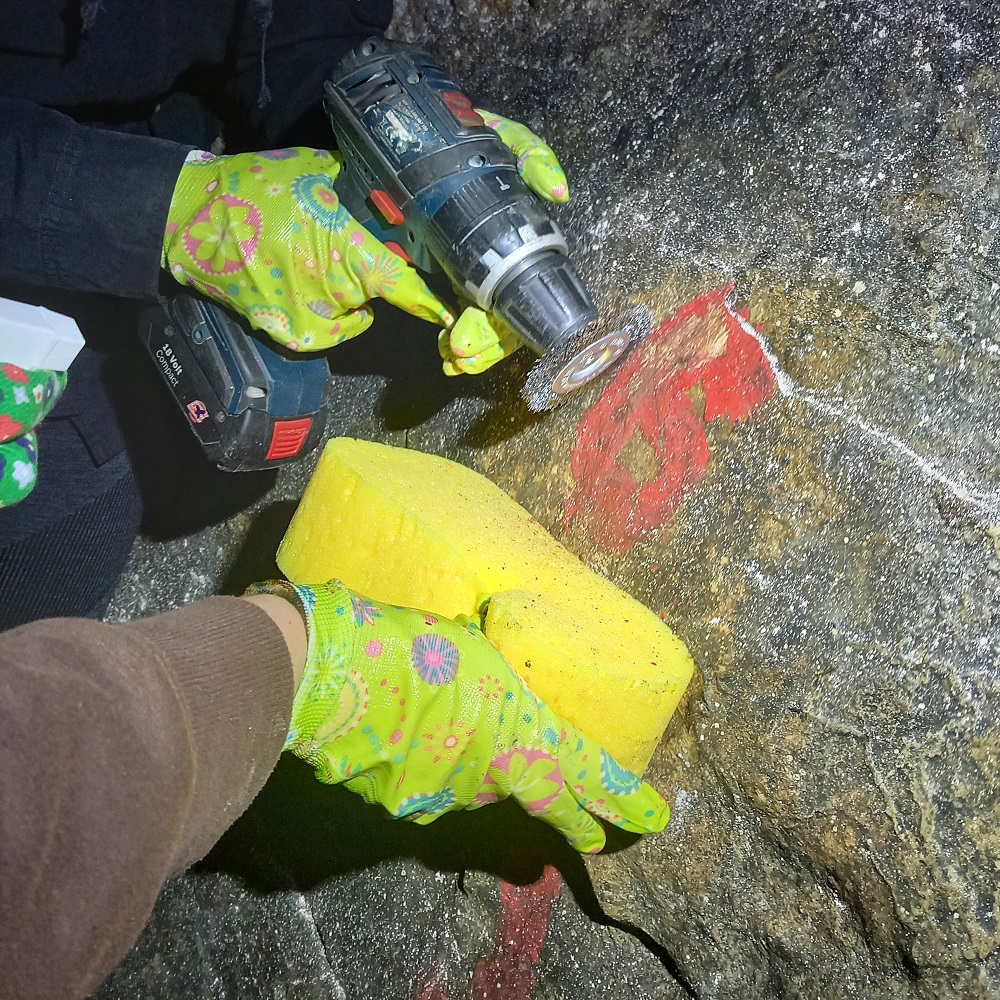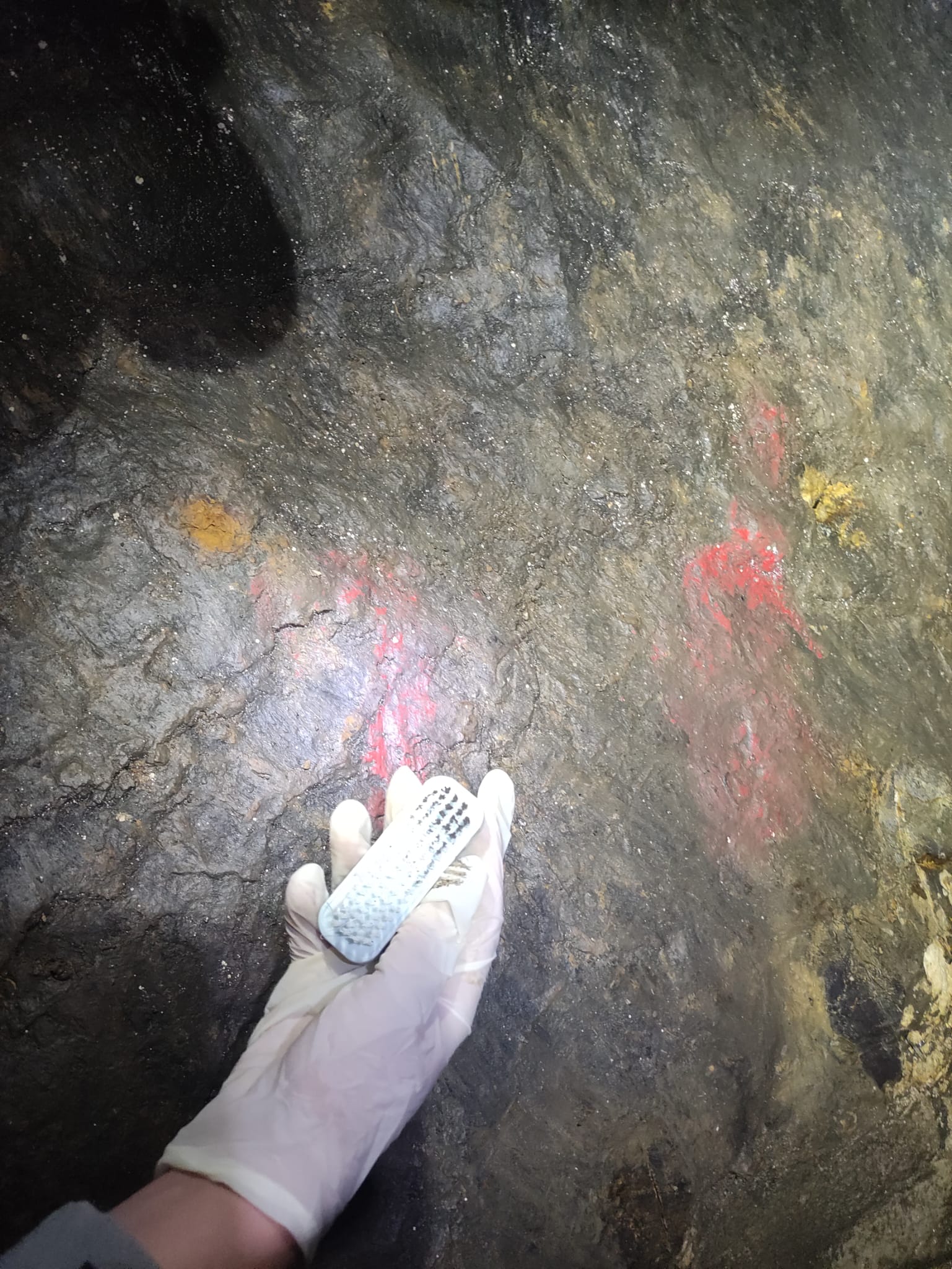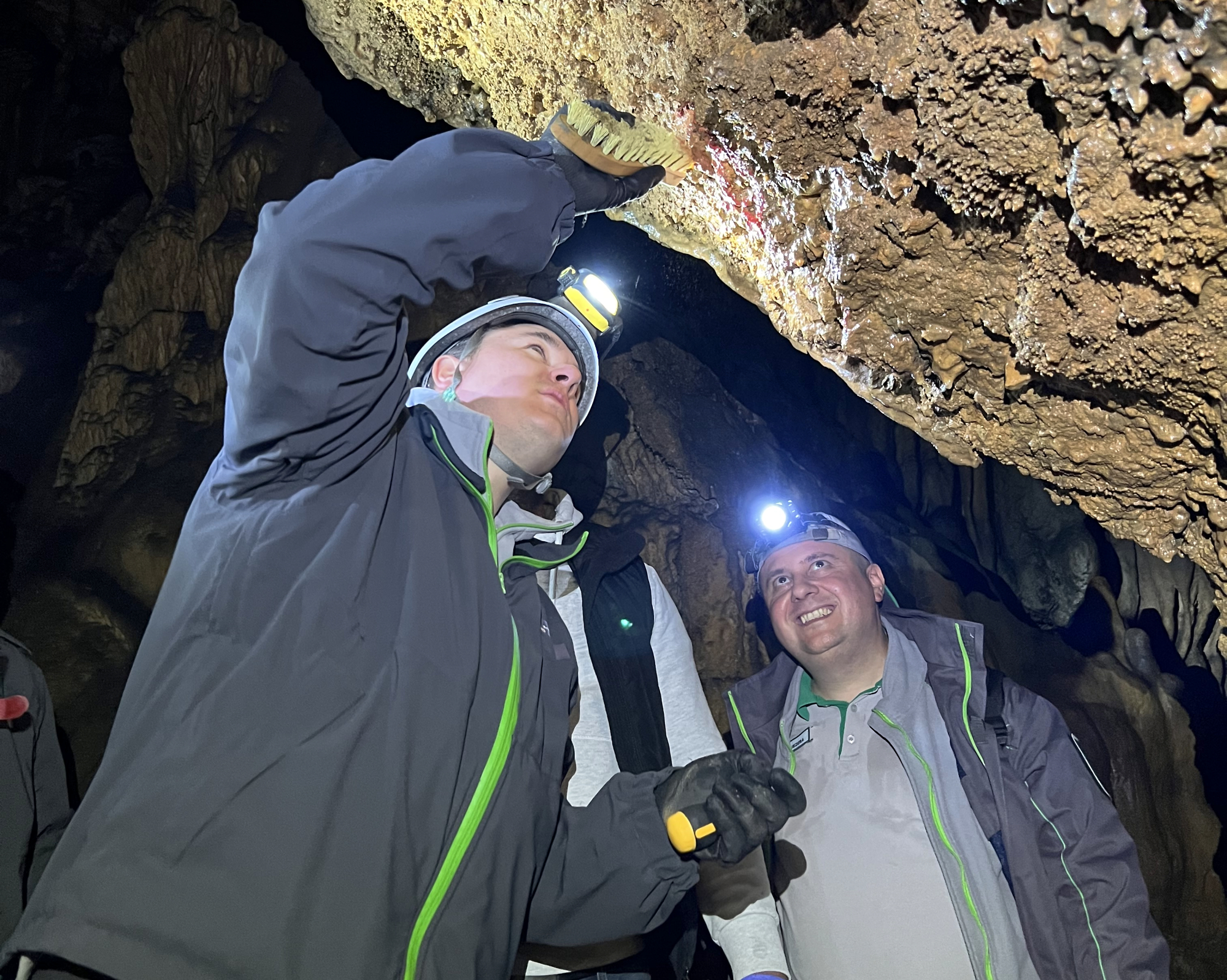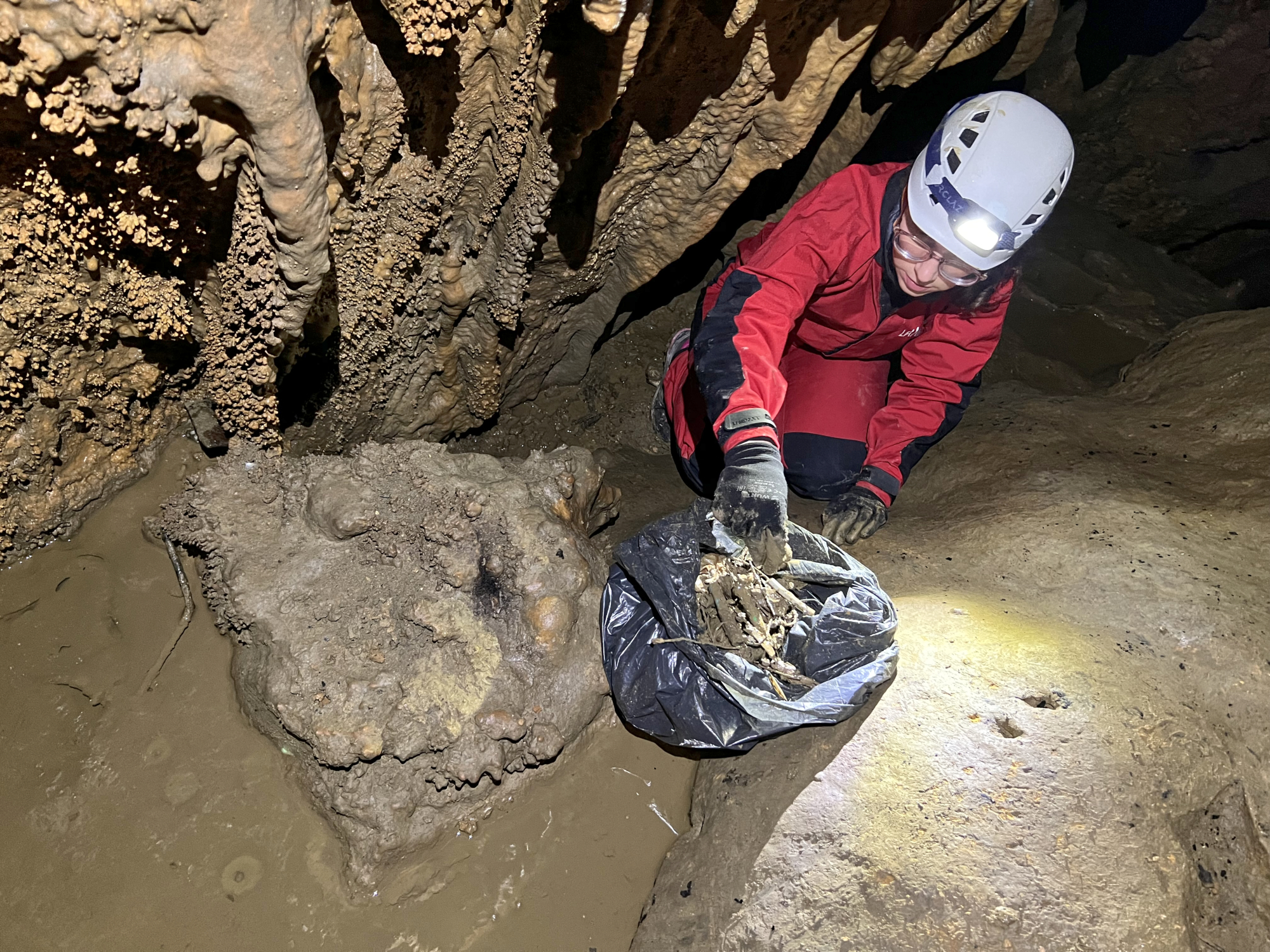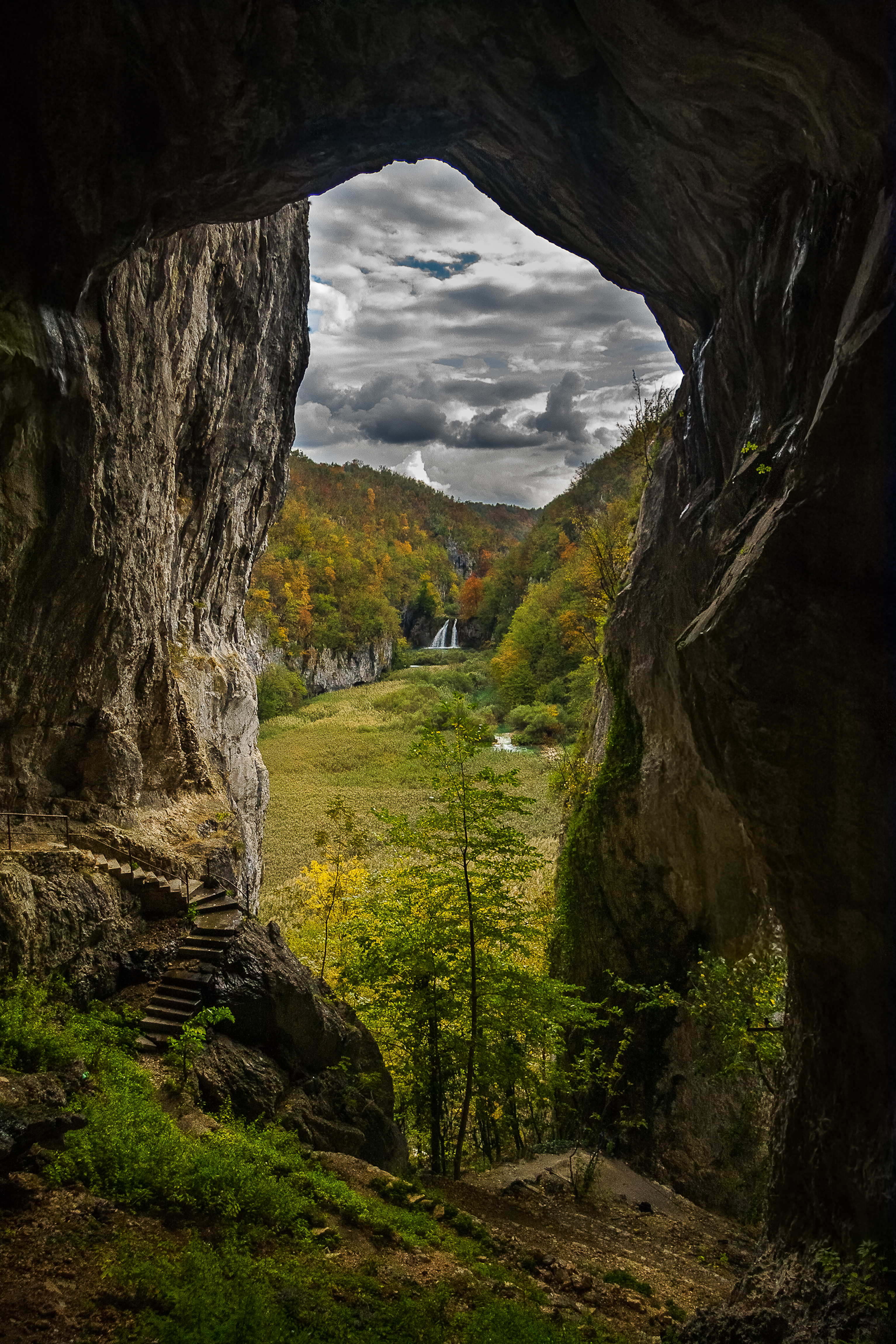In cooperation with the Department of Geography of the Faculty of Science, University of Zagreb, we organized the first cave restoration workshop in the Plitvice Lakes National Park on April 24, 2023.
The workshop was attended by undergraduate and graduate geography students, as well as employees of the Conservation Services of National Park Plitvice Lakes and Public Institution Baraćeve špilje, while professors and assistants from the Department of Geography were responsible for the technical part of the workshop. We started the workshop with an introductory lecture where we learned a bit more about restoration of speleological objects, which includes a series of activities aimed at removing or mitigating negative impacts on caves and pits (cleaning waste and inscriptions, repair of damage), focusing on the objectives and purpose of our practical workshops. At Golubnjača cave, targeted, concrete restoration activities were conducted that included the removal of inscriptions (graffiti) and small waste from the cave.
Golubnjača cave, a geomorphological natural monument and Natura 2000 habitat type Caves and pits closed to the public, is located in the strict protection zone of the Park and is not accessible to visitors. Until about 30 years ago, the cave was part of the visitor system and was set up for tourist use in the past, so the objectives of the workshop were to remove the traces from that time. Therefore, inscriptions written with oil paint were removed and small waste produced during the dismantling of electrical installations was collected. Manual cleaning methods (with hand brushes, screwdrivers, adhesive tapes, sponges and water) and cleaning with rotating brushes were used in the cleaning process, paying special attention to the protection of the cave, speleothems and cave fauna. The workshop removed about 10 signs with oil paint and several kilograms of various small metal, plastic and glass waste.
We also used the workshop for scientific research purposes, as the cave was equipped with measuring instruments two years ago for the project “Microclimatic research of speleological objects of NP Plitvice Lakes”, which this time also recorded possible disturbances caused by our stay in the cave. The results obtained will be used to study the impact of people on speleological objects and the time needed for the microclimate to return to its natural state, which may eventually help public institutions in quality management of the carrying capacity of tourist speleological objects.

